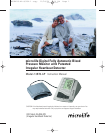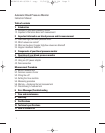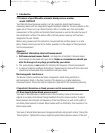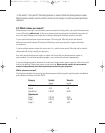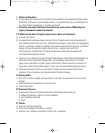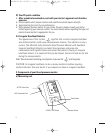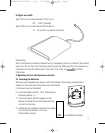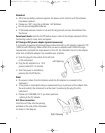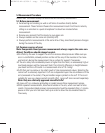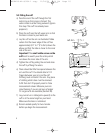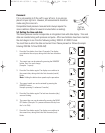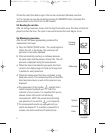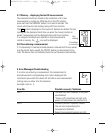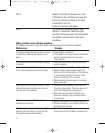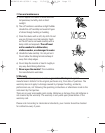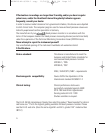
of the heart’s “rest period” (Diastole) pressure is lowest (diastolic blood pressure value).
Blood pressure values must lie within certain normal ranges in order to prevent particular
diseases.
2.2. Which values are normal?
Blood pressure is too high if your diastolic pressure is above 90 mmHg and/or your systolic blood pressure
is over 160 mmHg, while at rest. In this case, please consult your physician immediately. Long-term val-
ues at this level endanger your health due to continual damage to the blood vessels in you body.
If your systolic blood pressure values are between 140 mmHg and 160mmHg and/or the diastolic
blood pressure values between 90 mmHg and 95mmHg, consult your physician. Regular self-checks
are necessary.
If you have blood pressure values that are too low, (i.e., systolic values under 105mmHg and/or diastolic
values under 60 mmHg), consult your physician.
Even with normal blood pressure values, a regular self-check with your blood pressure monitor is
recommended. You can detect possible changes in your values early and react appropriately.
If you are undergoing medical treatment to control your blood pressure, keep a record of values along with
time of day and date. Show these values to your physician.
Never use the results of your measure-
ments to independently alter the drug doses prescribed by your physician.
Which values are normal?
The following standards for assessing high blood pressure (without regard to age) have been established
by the National Institutes of Health JNCVI.
3
Category Systolic Diastolic
(mmHg) (mmHg)
Optimal <120 <80
Normal <130 <85
High Normal 130-139 85-89
Hypertension
Stage 1 140-159 90-99
Stage 2 160-179 100-109
Stage 3 ≥180 ≥110
MLUBPT0-AP-OCT04-1 copy 11/24/04 3:14 PM Page 4



